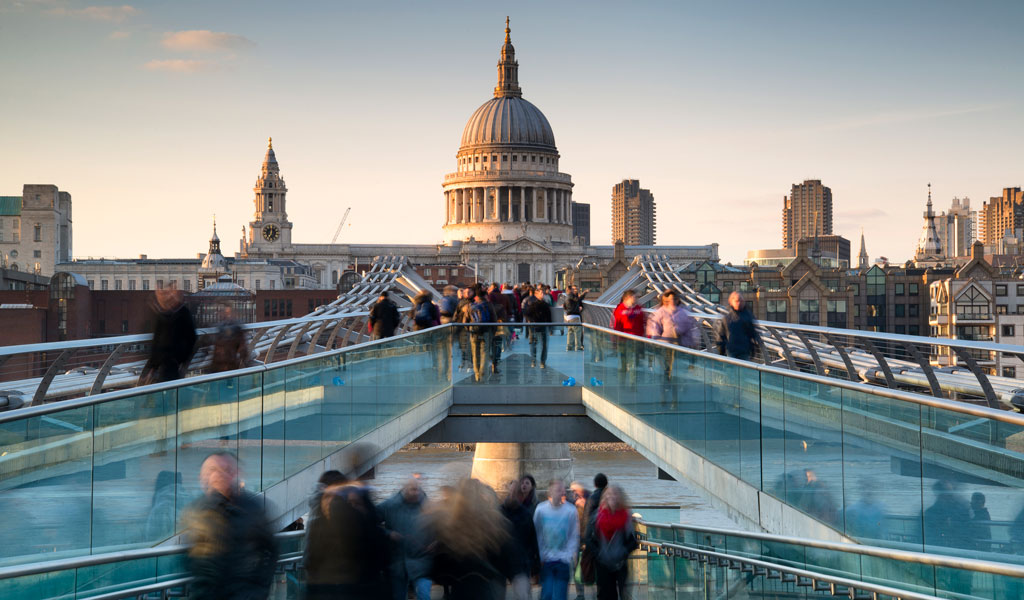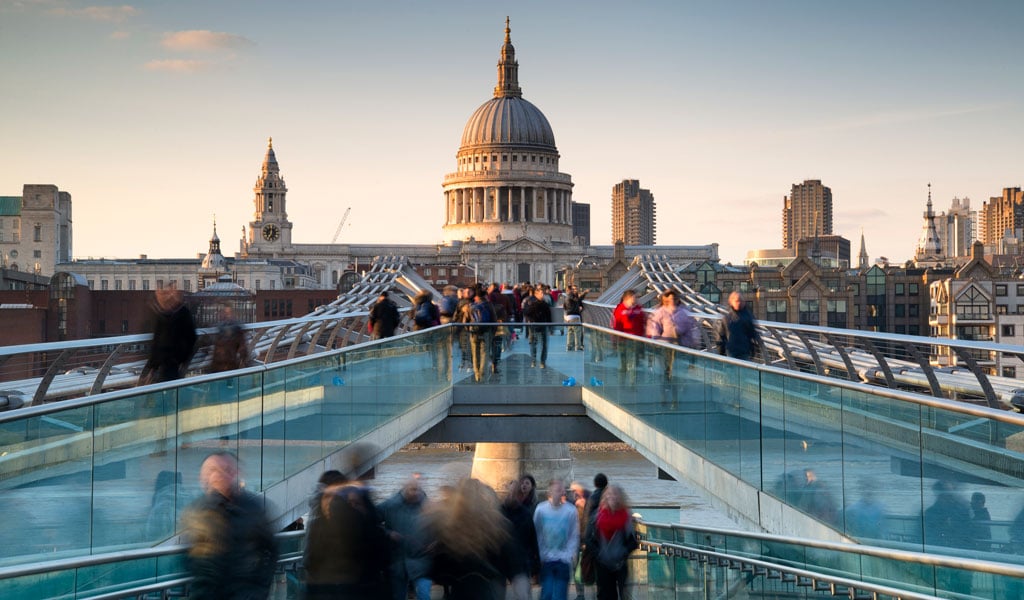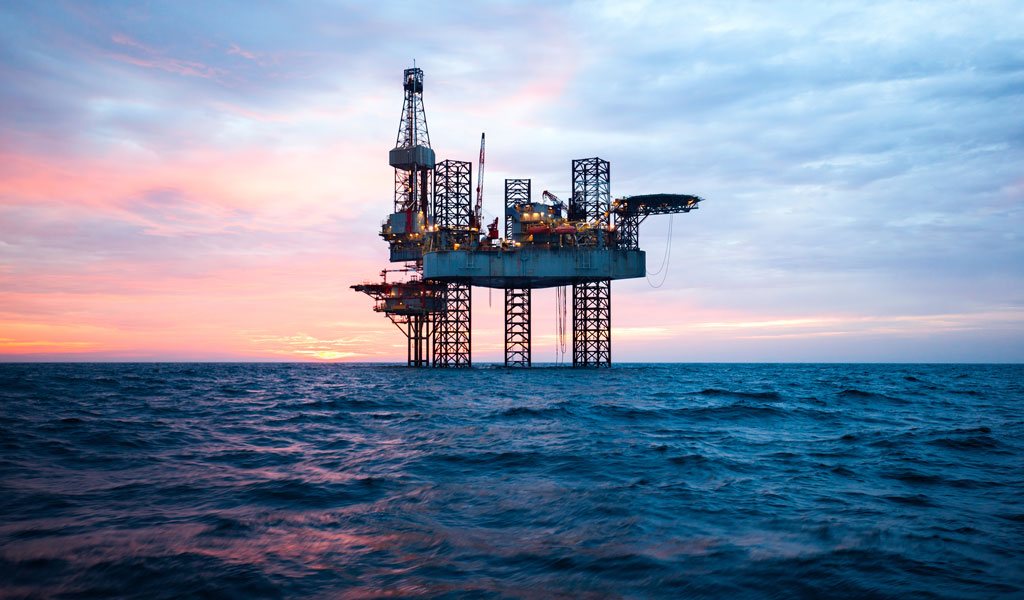October 23, 2018
[caption id="attachment_24909" align="alignnone" width="1024"] The Millennium Bridge in London, England: governments often don’t include the value of their assets, like bridges and roads, as well as natural resources, when they measure public wealth (Ingram Publishing/Newscom)[/caption]
The Millennium Bridge in London, England: governments often don’t include the value of their assets, like bridges and roads, as well as natural resources, when they measure public wealth (Ingram Publishing/Newscom)[/caption]
Lost track of your personal finances? You are not alone. Your government has often lost track of its finances too. While it keeps close tabs on debt, it is less clear on how much it owns: the assets.
Things like roads, bridges, and sewer pipes are assets for a country, as well as the money governments have in the bank, their financial investments, and payments owed to them by individuals and businesses.
Natural resource reserves in the ground are also part of assets, something that is particularly important for natural resource-rich countries like Nigeria and Norway. But assets also include state-owned enterprises such as public banks and, in many countries, utilities such as public electricity and water companies.
Our Chart of the Week from the new Fiscal Monitor analyzes public wealth using 2016 data from 31 countries—from The Gambia, to the United States, as well as Japan, Turkey, Brazil, the United Kingdom and China, to name a few. Their assets amount to $101 trillion, or 219 percent of GDP.
Who owns what
Let’s look at the United Kingdom. The research shows how its balance sheet expanded massively during the global financial crisis, when the government decided to rescue several large private sector banks. This rescue substantially contributed to the increase in the UK’s public sector net debt, which is the total amount of debt minus the government’s cash in hand.
Then there’s the United States, whose public sector balance sheet features large financial assets. Most of them are held in pension funds and government-sponsored enterprises. The Fiscal Monitor includes them on the balance sheet and shows that a US recession would erode net worth—the value of assets minus liabilities— by some 26 percent of GDP under stress.
Your government has often lost track of its finances.
Japan is an interesting case, where gross public sector debt stood at some 283 percent of GDP at the end of 2017. However, other parts of the public sector hold over half of this debt. The private sector holds a smaller—but still sizeable—amount of public debt worth 134 percent of GDP.
Improve resilience
More generally, the research illustrates that public sector assets could act as a buffer that allows governments with high public wealth to weather recessions better than those with low public wealth. Stronger balance sheets—a statement of what you owe and own at a given point in time—allow governments to boost spending in a downturn.
Doable for all
All governments can better manage their resources. They should start by bringing data together to come up with a rough estimate of public sector assets, liabilities, and wealth. Over time, better accounting and statistical collections can improve the accuracy of these estimates. Governments can use them to do basic balance sheet risk and policy analysis, using the framework presented in this report.
Once governments complete this exercise they will be able to show their citizens the full extent of what they own and owe, and better use public wealth to meet society’s economic and social goals.
Related Links:
The Wealth of Nations: Governments Can Better Manage What They Own and Owe
Bringing Down High Debt



